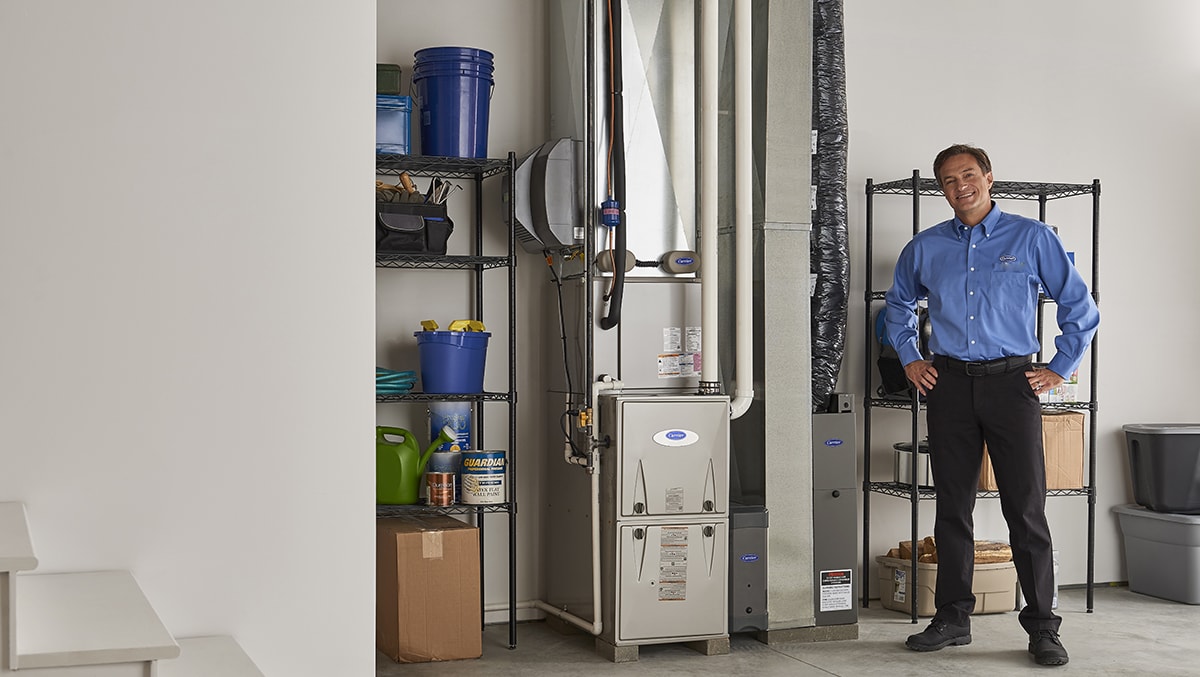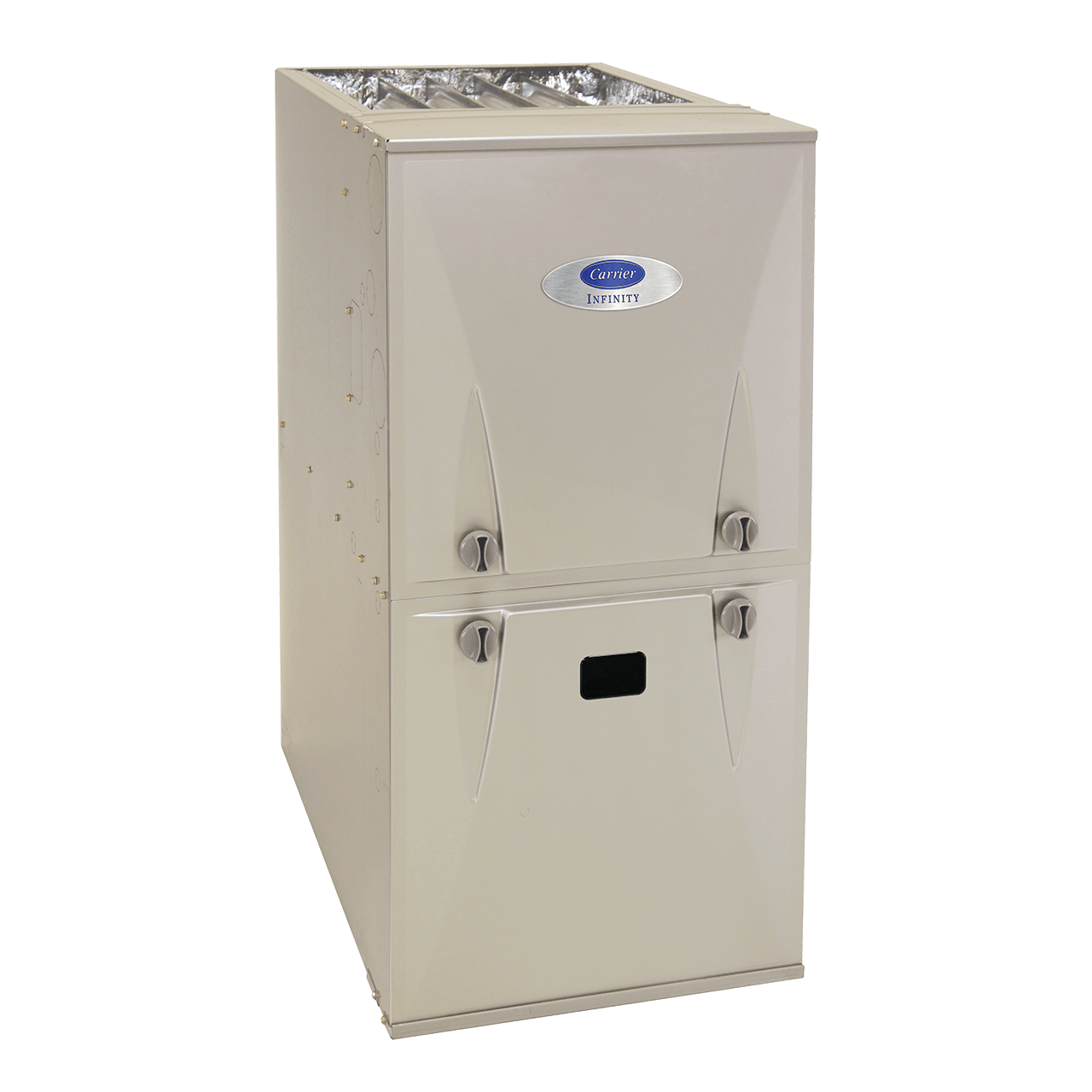Understanding Downflow Furnaces: A Comprehensive Guide
A downflow furnace, sometimes known as a downdraft furnace, is a vital heating system that ensures your home remains warm and comfortable. In this detailed guide, we will delve into the workings of downflow furnaces, provide installation and maintenance advice, and highlight the energy efficiency and cost savings these systems offer.
One of the primary benefits of a downflow furnace is its ideal for attic installation or in some cases a closet on the main floor or garage.
How Do Downflow Furnaces Work?
Unlike a horizontal furnace or upflow furnace, downflow furnaces draw in cool air from the top, heat the air and then force it downward, distributing the warm air through a network of ducts. Key components include the burner, heat exchanger, blower, and thermostat.
The burner ignites the fuel—be it natural gas, propane, or oil—while the heat exchanger transfers the generated heat to the passing air. The blower then pushes this warm air into the ductwork for even distribution throughout the house. The thermostat controls the temperature by signaling the furnace to activate or deactivate.

Installation and Maintenance Tips for Downflow Furnaces
Downflow Furnace Installation
Down Flow Furnace Maintenance
Downflow Furnace Troubleshooting
Energy Efficiency and Cost Savings For Down Flow Furnaces
Energy efficiency and cost savings are important factors when selecting a heating system for your home. The Annual Fuel Utilization Efficiency (AFUE) rating is a key measure of a furnace's efficiency, indicating the percentage of fuel converted into usable heat. The higher the AFUE rating, the more efficient the furnace. Carrier offers many furnaces with high AFUE ratings for energy-conscious homeowners.
High efficiency can translate into reduced energy consumption, which may lead to lower monthly heating bills. Additionally, the reduced energy usage means a lesser environmental impact, as fewer greenhouse gas emissions are produced. With Carrier's range of multipoise furnaces, you can be confident in investing in a heating system that prioritizes both your comfort and the environment. Contact your local Carrier dealer to learn which system is right for your home.

Frequently Asked Questions About Down Flow Furnaces
Explore Carrier Upflow Furnaces
Choosing a Carrier upflow furnace ensures reliable and efficient heating for your home, with advanced technology that optimizes energy use and enhances comfort. Known for their durability, quiet operation, and competitive AFUE ratings, Carrier upflow furnaces provide consistent warmth throughout the winter while helping to reduce heating costs. When you're buying a new furnace, explore Carrier's line of upflow furnaces. Schedule an appointment with your local Carrier dealer for furnace installation today.
ENERGY STAR® certified. Our highest efficiency and most advanced furnace with up to 98.5% AFUE for premium energy savings with excellent humidity control and premium comfort
ENERGY STAR® certified. Up to 97.0% AFUE for premium energy savings with enhanced comfort features.
All sizes ENERGY STAR® certified. Up to 97% AFUE for premium energy savings with standard comfort features.
Learn More About Down Flow Furnaces
- How Much Does it Cost to Replace vs Repair a Furnace?
- Cost Of A Gas Furnace
- What is a high-efficiency gas furnace and how can it benefit me?
- 10 things to consider when buying a furnace
- Discover the signs you need a new furnace
- How long does a furnace last?




